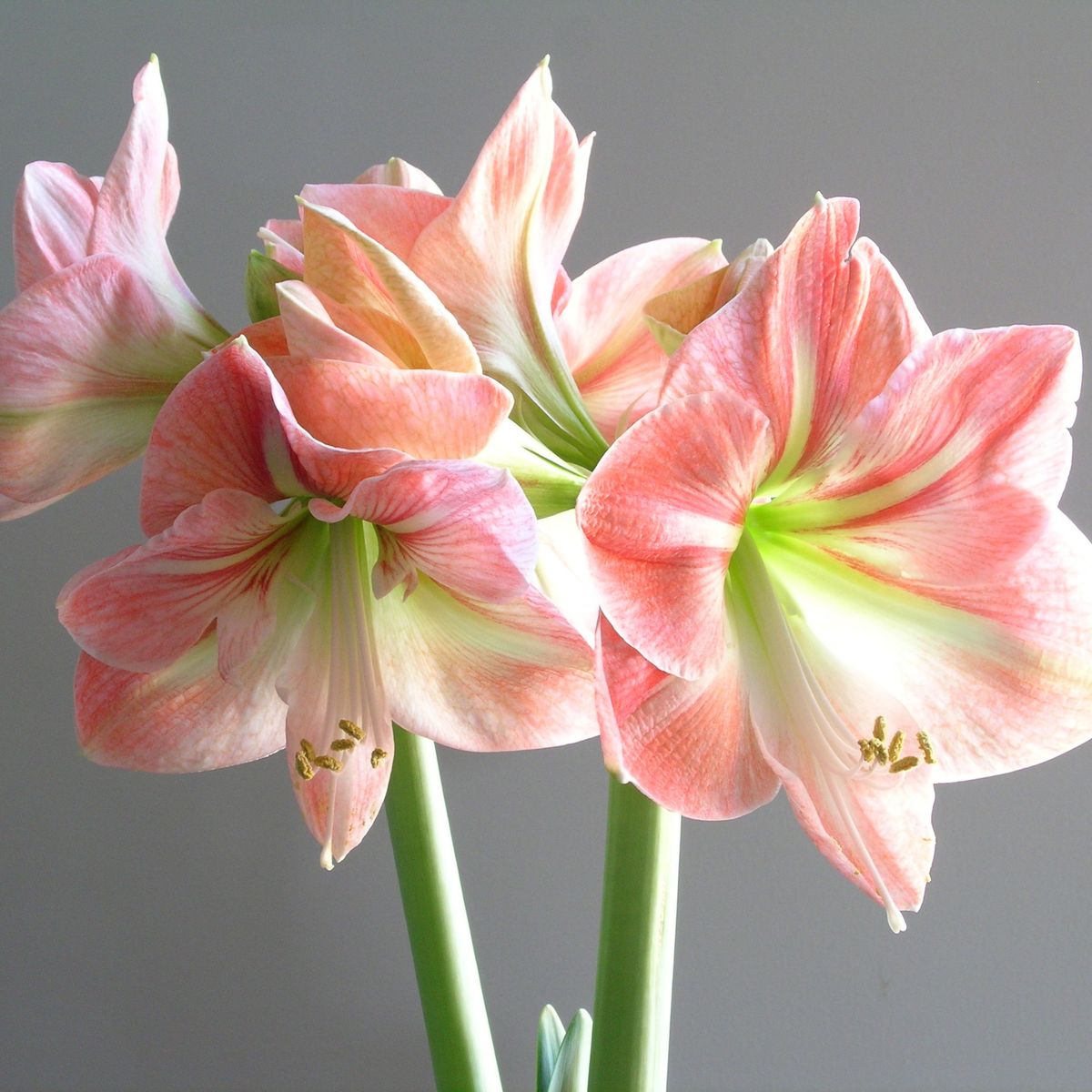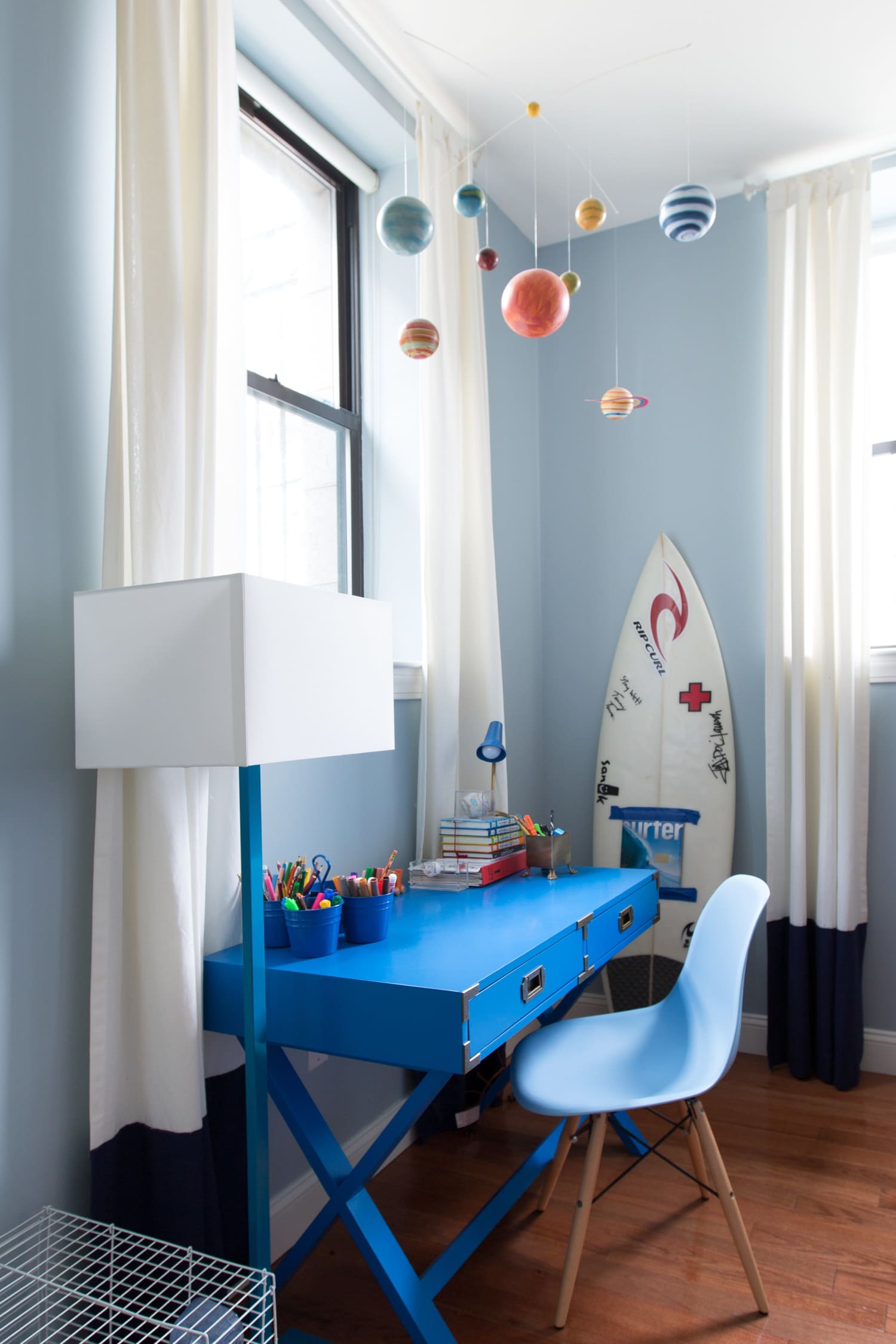Want to start your first vegetable garden? How hard can it be? Just stick a few seeds in the ground and stand back, right? If only it were that easy! Here are 10 garden planning tips to consider before you dig in.
10 Tips For Starting a Garden
1. Pick the right location—ideally, a sunny site! Most vegetables need at least 6 hours of sun a day. Some crops such as lettuce and spinach, and other greens will grow well in your partially sunny spots, but sun-loving plants like tomatoes and peppers need as much light as possible.
2. Keep it close to home. A location near your house will make it easier for you to tend your plot regularly and will also make it convenient to run out and pick what you need for a meal.
3. Only grow things your family likes to eat.There’s no sense in spending all your time and energy (and money) growing things you won’t enjoy or that will go to waste! Browse our library of Growing Guides to find veggies that spark your eye.
4. Water needs to be readily available. Nothing burns out a beginning gardener faster than having to lug water to thirsty plants during a heat wave. Consider investing in a quality hose with a sprayer attachment or, even better, a drip irrigation system.
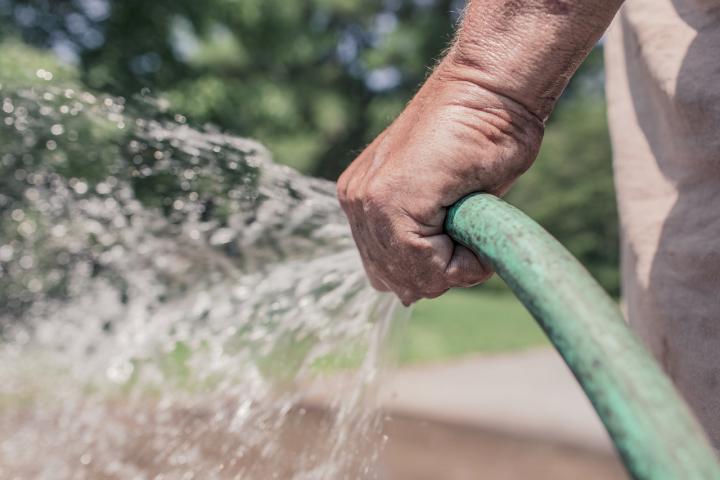
5. Good soil is the key to a successful garden. Plants depend on the soil for nutrients, stability, and drainage. To grow your best garden, start with well-drained, sandy loam and add as much organic matter as possible.
6. Amend your soil.Compost, leaf mold, or well-aged manure will increase the ability of your soil to both drain well and hold moisture—the sponge factor. However, never use fresh manure! It can harbor dangerous pathogens and will burn tender plant roots. Compost it for at least 6 to 12 months.
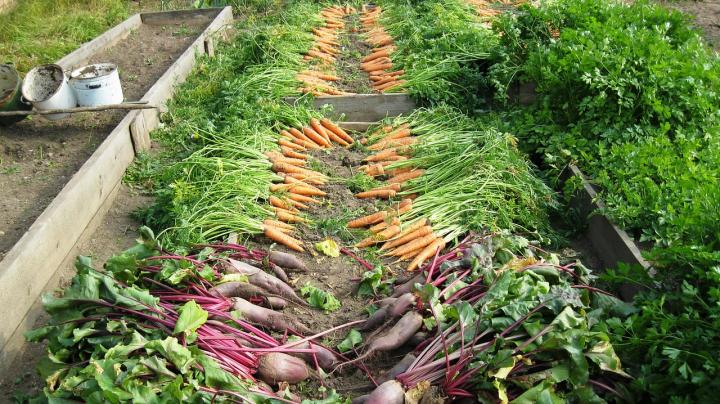
7. Seeds or plants? Most garden vegetables can be directly seeded where they are to grow—lettuce, beans, carrots, beets, chard, spinach, peas, cucumbers, and squash. Things that take longer to produce an edible fruit do better with a head start. Purchase transplants for tomatoes, peppers, eggplant, and melons or start your own indoors 6 to 8 weeks before planting them outside. See seed-starting dates here.
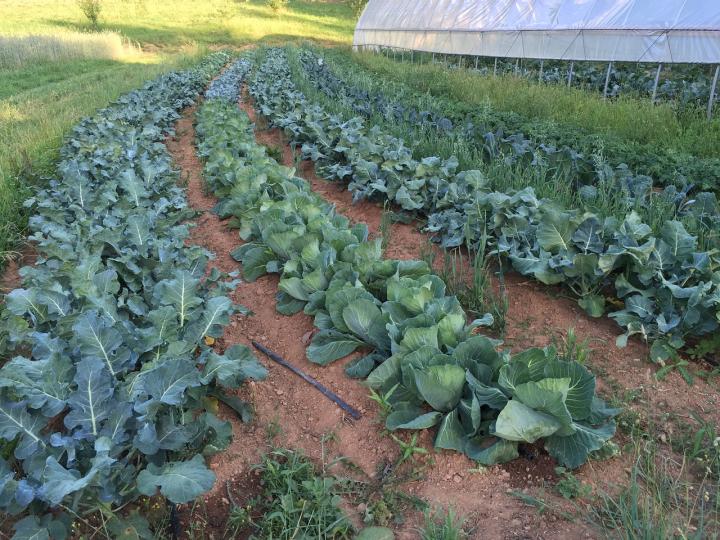
8.Choose varieties that will mature in your growing season. See the Almanac Planting Calendar for planting dates based on the first and last frost dates and length of the growing season in your area.
9. Keep your garden productive by staggering plantings of fast-maturing veggies such as beans and lettuce and replanting other areas as they are harvested. Don’t plant all at once!
10. Use raised garden beds or containers if you don’t have much space to work with. If you have impossibly rocky soil or solid clay, consider building some raised beds that you can fill with good soil. Growing vegetables in containers is another option. If you want an instant garden, try grow bags.
Alternatively, lay down large bags of potting soil in your sunniest location, poke drainage holes in the bottom, make some slits in the top and pop in your transplants. I had a friend who lined her driveway with bags every spring since it was the only sunny spot she had. Her tomato plants were beautiful and she grew luscious peppers, too!
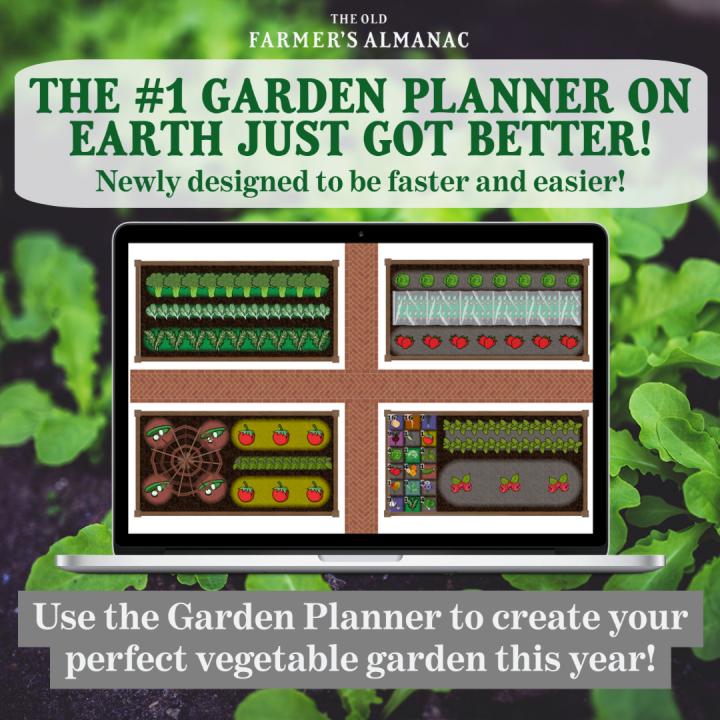
Try the Almanac Garden Planner
To create your perfect vegetable garden this year, be sure to try out the online Garden Planner tool! It’s now the #1 garden planner in the world—for good reason:
- Quickly find the best plants to grow! You can even select “easy” veggies if you’re a beginner.
- Draw beds and move plants around to get the perfect layout on your computer. Have fun creating!
- Our garden planning tool calculates how many plants fit your space to avoid wasting seed.
- We’ll also calculate all your planting and harvesting dates—along with email reminders of when to do what!
Want to grow your future with a well-planned garden? Learn more about the Garden Planner!
We offer 7 days for you to play around and see if it’s a good fit for you. Give it a go!






